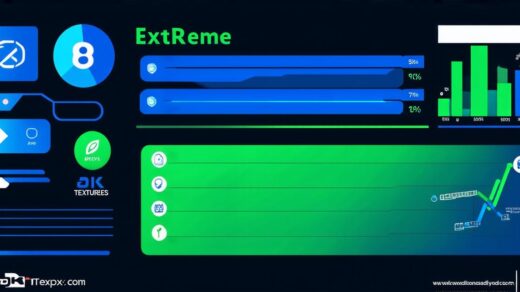In the dynamic world of blockchain and cryptocurrencies, web developers play a pivotal role in shaping the future.
As the regulatory landscape evolves, understanding the intricacies of crypto lending within the European Union (EU) is paramount. This article aims to clarify EU regulations, offering a practical guide for our tech-savvy audience.
The Rise and Regulation of Crypto Lending
Crypto lending platforms have witnessed a significant surge in popularity, offering attractive returns on digital assets. However, these platforms are subject to stringent regulatory oversight due to their financial nature.
Regulatory Landscape: A Patchwork of Rules
The EU’s approach to crypto lending is a complex tapestry of rules, primarily governed by the Fifth Anti-Money Laundering Directive (5AMLD) and the Markets in Crypto Assets (MICA) regulation. These directives aim to ensure transparency, security, and consumer protection.
Case Study: The Impact on Web Developers
Consider a web development firm creating a crypto lending platform. They must adhere to Know Your Customer (KYC) and Anti-Money Laundering (AML) procedures, implement robust security measures to safeguard user assets, and ensure transparency in their operations.
Expert Opinion: Navigating the Challenges
“Compliance can be complex,” says Dr. Maria Smith, a blockchain expert at the University of Oxford. “However, it’s essential for maintaining trust and legitimacy in the market.”
Best Practices: A Roadmap to Compliance
-
KYC/AML Procedures: Verify the identity of users and monitor transactions for suspicious activities. This includes collecting necessary documentation, verifying user identities, and maintaining records.
-
Security Measures: Implement strong encryption, multi-signature wallets, and regular security audits to protect user assets from potential threats.
-
Transparency: Clearly disclose terms and conditions, interest rates, and any associated risks to users. This includes providing clear information about the platform’s operations, fees, and any potential risks involved in crypto lending.
-
Reporting: Regularly report to relevant authorities as required by local laws. This may include reporting transactions, user information, and any suspicious activities.
-
Continuous Learning and Adaptation: Stay updated with the latest regulatory changes and adapt your platform accordingly. This includes understanding the proposed MICA regulation and its potential impact on your platform.
The Future: Embracing Regulation for Growth

While compliance may seem daunting, it’s a necessary step towards mainstream adoption of crypto lending. By embracing regulation, web developers can build trust, attract more users, and contribute to the maturation of the digital asset industry. This growth potential outweighs the initial challenges posed by regulatory compliance.
FAQs
1. What is 5AMLD?
The Fifth Anti-Money Laundering Directive is a set of rules aimed at preventing money laundering and terrorist financing in the EU. It requires businesses to verify the identity of their customers, monitor transactions for suspicious activities, and report any such activities to relevant authorities.
2. What is MICA?
The Markets in Crypto Assets regulation is a proposed EU law that aims to create a harmonized regulatory framework for crypto assets. It will provide guidelines for businesses operating in the crypto space, ensuring consumer protection and market integrity.
3. Why is compliance important for web developers?
Compliance ensures trust, legitimacy, and growth in the market. By adhering to regulations, web developers can build a reputation of reliability and professionalism, attracting more users and contributing to the maturation of the digital asset industry.



